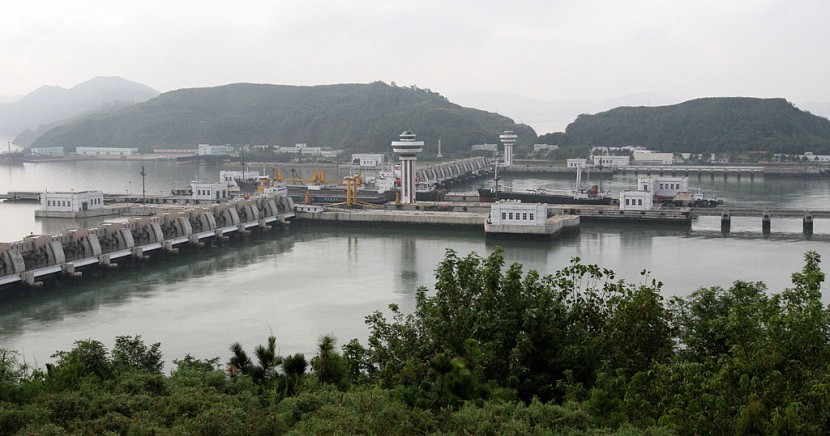
Alarm is spreading across online communities and social media following reports that waste from North Korea's Pyongsan uranium refining plant may be contaminating the West Sea with radioactive material. Claims that wastewater from the facility is flowing into the West Sea via the Yesong River have gone viral, accompanied by photos purportedly showing elevated radiation levels near South Korea's Ganghwa Island. Public anxiety is high, with some netizens drawing comparisons to the Chernobyl disaster. However, a closer examination of the evidence and expert commentary reveals a more nuanced situation, marked by limited verifiable data and the rapid amplification of fear.
The Allegation: Wastewater from Pyongsan to the West Sea
The controversy began with Dr. Jung Sung's analysis of WorldView-3 satellite images, reportedly provided by a U.S. environmental think tank. His review of imagery from late October last year suggested that wastewater from the Pyongsan uranium plant in North Hwanghae Province was being discharged into the Yesong River and ultimately reaching the West Sea. According to Dr. Jung, the uranium refining process produces sludge, which has filled the plant's sedimentation pond. With the pond at capacity, wastewater appears to be discharged directly into the river. Satellite images show drainage channels leading from the sedimentation pond to a small stream, which joins the Yesong River and flows south through Ganghwa Bay before entering the West Sea.
The Counter-Argument: Assessing Radioactivity Levels
These alarming claims have faced significant pushback. A source familiar with North Korean affairs, cited in a News1 report, argued that the Pyongsan plant primarily processes natural uranium, which has relatively low radioactivity. According to this perspective, the risk of wastewater being significantly contaminated with radioactive material is low. The source also claimed that the sludge in the sedimentation pond consists mainly of material from which uranium has already been removed, reducing the likelihood of radioactive substances being present in discharged water.
Consensus: Unpurified Discharge and Marine Pollution Risks
Despite differing views on radioactive risk, both sides agree that factory wastewater has flowed into the West Sea via the Yesong River and that it was discharged without purification. This means that, regardless of radioactivity, there is a clear risk of marine pollution. Industrial wastewater can carry harmful chemicals, heavy metals, and other pollutants that threaten aquatic life and human health, especially through seafood consumption.
Public Fear and Radiation Monitoring
Social media has played a significant role in amplifying public concern. One widely shared image claimed a radiation level of 0.92 microsieverts (µSv) per hour at beaches near Ganghwa Island, a figure that exceeds typical background radiation levels. However, South Korean authorities have not confirmed this measurement. As of July 1, 2025, the Nuclear Safety and Security Commission reported radiation levels in the country ranging from 0.059 to 0.212 µSv per hour, with Ganghwa Island recording 0.143 µSv per hour—all within the normal range of 0.05 to 0.3 µSv per hour. Previous government monitoring in 2019 also found no abnormalities in seawater samples from the area.
Verification Challenges and the Spread of Fear
The situation highlights the difficulties of independently verifying environmental threats from North Korea, given the country's secrecy and restricted access. This information vacuum allows unverified claims and alarming imagery to spread quickly online, fueling public anxiety. It is important to distinguish between confirmed marine pollution from unpurified wastewater and the more contentious issue of radioactive contamination, which remains debated among experts and officials.
Implications and the Need for Transparency
The Pyongsan plant controversy underscores the environmental vulnerability of the Yellow Sea and the potential for cross-border pollution. It also demonstrates the power of social media to shape public perception, emphasizing the need for timely, transparent, and science-based information from authorities. Continued monitoring and international cooperation are essential to protect public health and the region's ecological integrity.
© 2025 HNGN, All rights reserved. Do not reproduce without permission.








